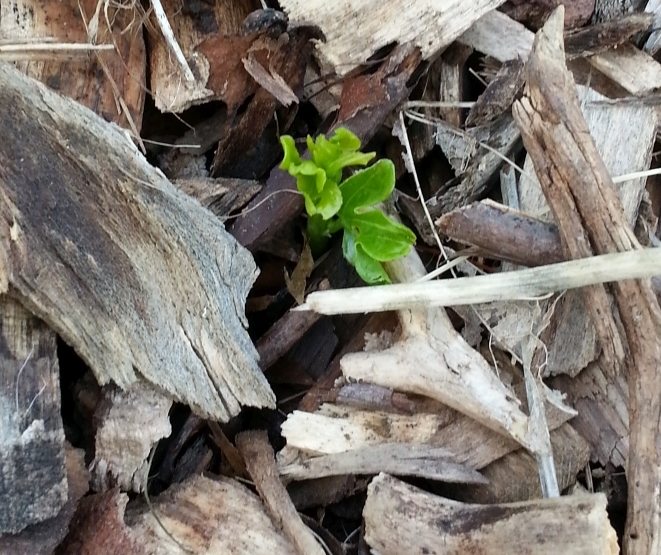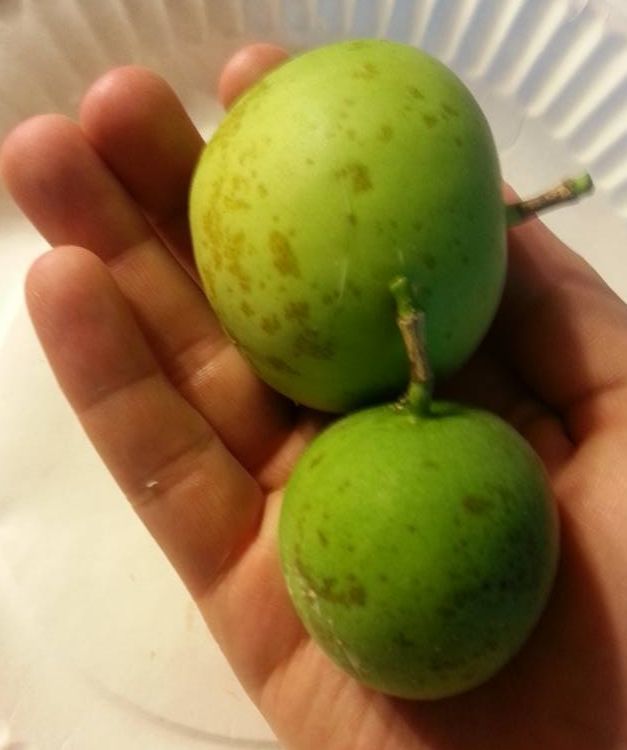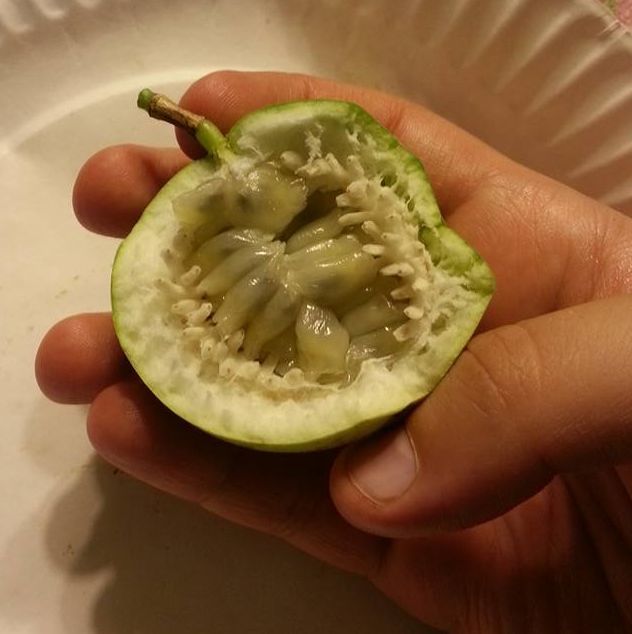My goal here is to advance the state of knowledge when it comes to growing Passiflora Incarnata, AKA maypop or hardy passionfruit. To that end, I’m going to document my thoughts after each year.
tldr
I think this fruit is well worth growing, especially for beginners. It will give you interesting, exotic fruit in the first year, and then do it again every year after. It also has beautiful flowers, so it can be used decoratively. Just keep in mind that it suckers like crazy, needs cross-pollination, and wants as much sun as possible.
I cannot emphasize the sun part enough. I planted 3 vines. Two were from Edible Landscaping, and one I found growing wild locally. Two of them (the wild and a purchased plant) I put in good, but somewhat shaded soil. These still grew, but not much, and I didn’t end up with any fruit from them. The other I planted by my mailbox, in lousy clay soil and full sun. It is a monster, sending suckers everywhere and producing constant flowers and several dozen fruits. So, worry about giving it sun, and only sun. It isn’t picky about soil.

The good:
-Pretty flowers.
-First-year fruit.
-Little to no maintenance, as long as you give it full sun.
-Pest-free, except for the gulf fritillary. I didn’t get any, but I’ve read that the vine can withstand them just fine, and many people consider them pretty enough to be a bonus.
-Interesting flavor. If pressed, I’d describe it as pineapple-grape.
The bad:
-Aggressive suckering. It will try to take over. Place it so you can mow it down when it extends beyond its borders.
-The fruit can take some work to eat. The seeds inside these arils are not soft like with a pomegranate. You can still chew or swallow them, but I preferred not to. This may be a good candidate for juicing.
-Late ripening. This may have been an artifact of the plant being young, but my fruit didn’t ripen until very late in the fall (I just picked the last of them a few days ago, and many still weren’t ripe).

The miscellaneous:
-Some say the fruit turns yellow when ripe. Mine did not. I had to wait until it dropped off the vine. If it is unripe, the arils will be white, and very tart, basically tasting like a lemon. Ripe arils are yellowish and sweet.
-Cross-pollination is important. Some fruits turned out empty (again, perhaps because the plant was young). I hand-pollinated, but there were plenty of carpenter bees working the flowers as well.
-Fruit ranges in size; some were as small as a ping-pong ball, some closer to a tennis ball. Shape also depends on the individual. Mine were round, but the single fruit my wild vine produced was more oblong (sadly, an animal got to it before me).
-I can confirm hardiness down to zone 6b, given the wild vine I discovered. It probably reached further north than that.
Notes: As I mentioned, I only had one producing vine this year, so this isn’t exactly a scientific sample. Next year I expect the other two vines to be more productive and give me more data.





